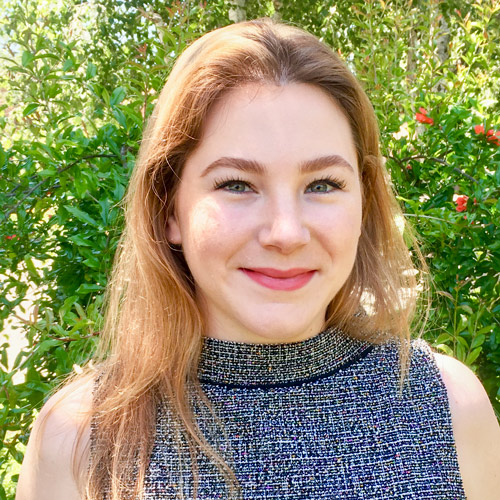
Host Mentors: Dr. Irving Weissman and Dr Victoria L. Mascetti
Stanford University Institute for Stem Cell Biology and Regenerative Medicine
Characterizing Hematopoietic Stem Cells of the Liver
Hematopoietic stem cells (HSCs) are a self-renewing and multipotent population of cells responsible for the production of the functional blood system (Spangrude GJ, Heimfeld S, Weissman IL 1988). HSC transplants have been used to treat a variety of clinical conditions since their discovery (Henig et al., 2014). However, clinical applications of HSCs require large quantities of bone marrow or blood to gather enough cells from this rare population for therapeutic use. The ability to expand or generate HSCs ex-vivo relies on a complete understanding and recapitulation of the niche in which these cells reside. The primary adult HSC niche is located in the marrow of the long bones in the body (Morrison et al., 2014). Hoxb5 has been shown to mark long-term HSCs in the mouse bone marrow (Chen et al., 2016). In the developing fetus, the primary niche and site of HSC expansion is in the fetal liver (Gao et al., 2018). Niche markers for the fetal liver have been described in relation to HSC-associated markers of the past (Khan et al 2016). However, the fetal liver niche in relation to long term phenotypic HSCs has yet to be described. This study aims to test the presence, location and niche markers of Hoxb5+ LT HSCs in the E14.5 fetal liver. Using two photon and light sheet microscopy coupled with immunocytochemistry staining with antibodies against proposed niche markers, this study will reveal the location of the LT-HSCs in the murine fetal liver and the key components of the LT-HSC fetal liver niche.